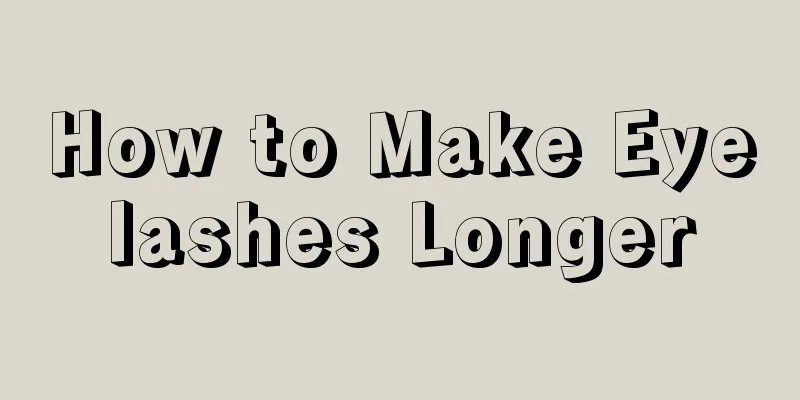Is autologous ear cartilage rhinoplasty harmful?

|
Autologous ear cartilage rhinoplasty is done by taking cartilage from the concha cavity. Because this part of cartilage has the ability to regenerate, removing this part of cartilage can ensure the regeneration of the cochlear cartilage. Because it has good tissue compatibility and is autologous, rejection generally does not occur. There are many advantages to the surgery, and of course you must choose a regular plastic surgery institution to perform such surgery. 1. Disadvantages of surgery There is little ear cartilage and it is only used to elevate the tip of the nose. It is not suitable for the columella, because the concha cartilage has a curvature, and the columella will be bent after the operation. There will be some absorption, the absorption rate varies from person to person, generally below 15% 2. Advantages of surgery Autologous ear cartilage transplantation has incomparable advantages over artificial materials: 1. Good tissue compatibility and stability. It heals together with the local tissue of the nose and is easy to fix without displacement. 2. Autologous ear cartilage transplantation will not cause rejection reaction; 3. Low absorption, low absorption rate of autologous cartilage, and can survive without blood supply; 4. Autologous ear cartilage transplantation is simple to operate and is easy to obtain. Autologous cartilage for rhinoplasty can generally be obtained from ear cartilage, nasal septum cartilage and rib cartilage; 5. It is very easy to carve and trim the model, making it an ideal material for rhinoplasty. The usual nasal prosthesis materials have a fixed shape (L-shaped) and cannot create a beautiful nose tip. However, the use of ear cartilage can completely achieve the effect of shaping the nose tip, eliminating the problems of nose tip deformation and perforation. 6. The touch is real. You don’t have to worry about normal contact with the nose after the operation. You can push and press the nose tip, and the touch is soft and realistic. 3. Postoperative Care 1. After rhinoplasty with autologous ear cartilage, it is strictly forbidden to touch the surgical incision with your hands, and avoid getting the incision wet; 2. After using autologous ear cartilage to pad the nose tip, try to reduce activity to prevent the prosthesis from moving; 3. Use antibiotics for 3-5 days to prevent infection; 4. The sutures in the nose will be removed after 5-7 days. After rhinoplasty, there will be local swelling at the tip of the nose, which will gradually subside after four days. Avoid weight bearing, which will aggravate the swelling. 5. Avoid exposure to the sun and violent impact within two months after rhinoplasty with autologous ear cartilage; 6. Avoid spicy food; 7. Sexual intercourse is strictly prohibited for two weeks after rhinoplasty with autologous ear cartilage; 8. Smoking is strictly prohibited within two weeks after rhinoplasty with autologous ear cartilage. |
<<: What are the dangers of thread-carving rhinoplasty?
>>: What are the benefits of egg white honey mask
Recommend
Can eating walnuts have a beauty-enhancing effect?
We know that many nuts have good beauty and skin ...
Can I use eye essence and eye cream together?
After a woman turns 25, her skin begins to age an...
What to do about sagging facial skin
Sagging facial skin is one of the most troublesom...
How to whiten and tighten skin?
Dull and dull skin is a problem for many women. M...
What is a good way to hydrate your face?
If a person's skin is not in good condition, ...
How to use seaweed mask
Women often need to apply facial masks on their f...
How to make a hydrating facial mask at home
Dry skin is not unfamiliar to many people in dail...
Can steaming your face remove blackheads? How to do it?
If you have a facial steamer at home and have a l...
What to do if you have oily skin and hair loss
Everyone loses hair in daily life, but normally n...
Using toothpaste to remove blackheads has serious consequences
Most people have little black spots on their nose...
Acne scar removal essential oil
Some people have removed the pimples on their fac...
What should I pay attention to if there are lumps on my chin after injecting hyaluronic acid?
Hyaluronic acid is a very common cosmetic element...
What can seaweed be added to treat acne
Girls usually apply facial masks to maintain thei...
How to delay skin aging?
Every female friend wants to retain her youth and...
Homemade toner for whitening and hydrating
Nowadays, girls use moisturizing masks or skin ca...









